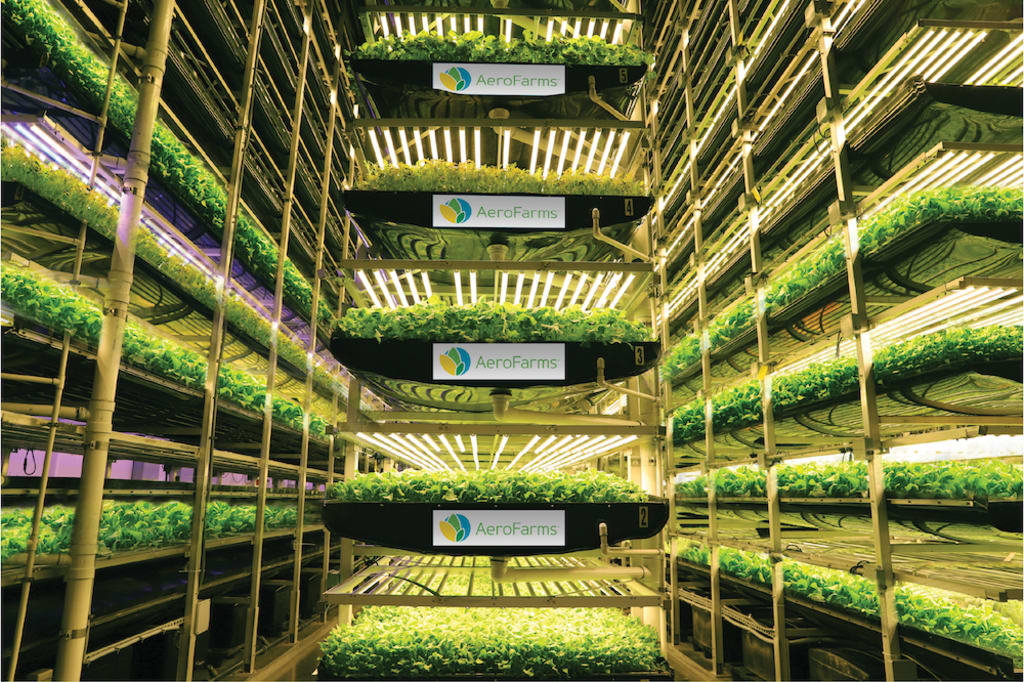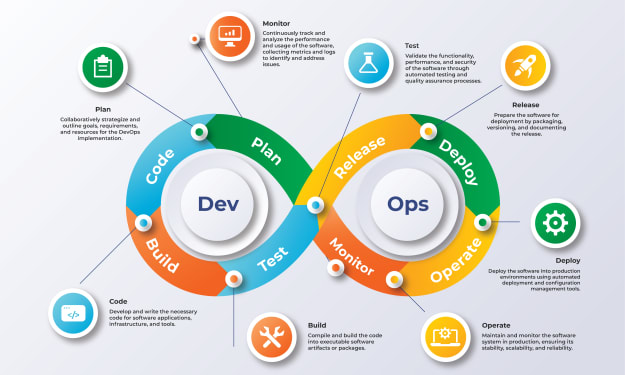Vertical Farming
A Revolutionary Approach to Feeding a Growing World

With the global population projected to exceed 10 billion people by 2050, the challenge of ensuring an adequate food supply that is both sustainable and efficient is becoming increasingly urgent. Traditional farming methods, once the backbone of food production, are struggling to keep pace with the demands of a burgeoning world population. However, a revolutionary trend known as vertical farming is emerging as a potential solution to these challenges, offering a glimpse into the future of food production.For thousands of years, humans have relied on traditional horizontal farming, cultivating crops across vast expanses of land. As the population has surged, driven by factors such as the Industrial Revolution, improved living standards, and decreased mortality rates, the strain on these conventional agricultural methods has intensified. Today, over eleven percent of the Earth's land area is dedicated to crop production, leading to habitat destruction, soil degradation, and resource depletion.
Compounding these issues, urbanization has created greater distances between arable land and densely populated areas, resulting in higher transportation costs and increased carbon emissions from the need to transport produce across vast distances. Additionally, climate change has disrupted seasonal weather patterns and decreased the availability of suitable soils near expanding urban centers. In light of these challenges, vertical farming offers a transformative approach to food production.
Vertical farming, a concept gaining rapid traction, condenses traditional sprawling farms into compact, controlled environments resembling factories. This approach allows for precise optimization of growing conditions, leading to significantly higher yields. Facilities like AeroFarms in New Jersey exemplify this concept. Crops are grown within enclosed spaces, where factors such as lighting, temperature, soil conditions, and nutrients are meticulously controlled. By utilizing vertical racking, these facilities maximize space utilization, enabling them to be situated closer to urban centers and reducing the carbon footprint associated with transportation.
One of the most significant advantages of vertical farming is its insulation from the vagaries of seasonal weather. By creating controlled environments, these farms are shielded from the disruptions caused by climate change, ensuring stable and consistent crop yields. For instance, a vertical farm near Tokyo has achieved yields 50 to 100 times greater than those of traditional farms, thanks to its ability to optimize lighting, water, and temperature conditions.
Furthermore, the controlled environment of vertical farms eliminates losses caused by pests and birds, which necessitate the use of pesticides in conventional farming. This reduction in pesticide use not only benefits human health but also enhances the quality of produce. Nutrient optimization is another key feature, solving the challenge of finding suitable farming land near urban areas. Some vertical farms even eschew traditional soil entirely, cultivating crops on nutrient-rich membranes. This approach minimizes the risk of harmful fertilizers and nutrients seeping into rivers and damaging the environment.
Critics of vertical farming have raised concerns about the energy required to maintain such controlled environments. However, many vertical farms are transitioning to renewable energy sources and implementing resource recycling practices. Energy-efficient LED lighting, which consumes less power and offers cost savings, is a common feature in these farms. Additionally, rainwater harvesting and closed-cycle water management systems reduce water consumption and minimize environmental impact.
Despite the promising advantages, challenges persist. The cost and availability of suitable urban land for vertical farming can be obstacles to its widespread adoption. Nonetheless, many vertical farms are finding innovative solutions, repurposing shipping containers, old factories, and disused warehouses. Bold proposals, such as Studio NAB's vision of integrating fish and honey production into vertical farms, showcase the potential of this approach to redefine our relationship with food and promote sustainability.
While vertical farming currently represents a fraction of the global food production industry, its potential impact on our world's growing population cannot be overlooked. As the challenges of traditional agriculture continue to mount, vertical farming offers a transformative way to tilt the farming landscape by 90 degrees. By condensing the traditional spread of crops into efficient, controlled environments, this innovative approach could be the key to feeding our planet's future. As the world's population continues to rise, the concept of vertical farming could hold the key to nourishing our growing global community in a sustainable, efficient, and environmentally responsible manner.
About the Creator
Abdmadjed Nabed
it's my time to find and use my voice.
Poetry, short stories and a lot of things I think and wish I'd known a long time ago.
Enjoyed the story? Support the Creator.
Subscribe for free to receive all their stories in your feed. You could also pledge your support or give them a one-off tip, letting them know you appreciate their work.





Comments
There are no comments for this story
Be the first to respond and start the conversation.